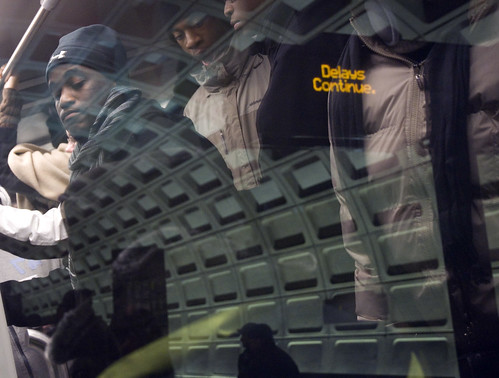Event Alert! Transit Oriented Development Panel Discussion – September 15, Washington, DC
Transit Oriented Development Panel
Hosted by Womens Transportation Seminar (WTS), Washington DC Chpater
September 15, 2009
This panel will focus on recent and anticipated changes in national and state-level legislation and policies that facilitate stronger transportation-land use coordination in the planning process, with a focus on encouraging transit oriented development.
Featured Speakers:
Amy Inman, Senior Planner, Department of Rail and Public Transportation
Christopher Patusky, Director, Office of Real Estate, Maryland Department of Transportation
Mariia Zimmerman, Vice President for Policy, Reconnecting America
Serving as Moderator for the Panel:
Susan Borinsky, FTA Associate Administrator for Planning and the Environment
WHEN:
Tuesday, September 15 12:00 NoonWHERE:
District Chophouse 509 7th Street NW Washington, DC 20001
METRO:
Gallery Place/Chinatown (Yellow/Red/Green)PROGRAM FEES:
$30 WTS Members ; $60 Non-Members; $15 Students
RSVP:
Email RSVP@WTS-DC.com by Thursday, September 10, 2009. Please indicate “TOD Panel” in the subject line. Please include full name, company, phone, e-mail, and membership status and note any special needs or dietary restrictions on your RSVP; we will accommodate your request as well as possible.
We urge you to RSVP now and reserve your seat.* Seating is limited, and priority will be given to WTS members.
Please note, if you RSVP late or walk in the day of the program, you are not guaranteed a place and may be asked to wait for availability. Additionally, unless you cancel by the program’s RSVP date, or if you are a ‘no-show’ you will be obligated to pay.
Remit advanced payments payable to “WTS-DC” to: WTS-DC Treasurer, P.O. Box 34097, Washington, DC 20043. Please specify what program/event the payment is for. All RSVPs will receive an email about electronic payment through paypal prior to the event. If you choose not to pay electronically we will accept checks and cash at the door












